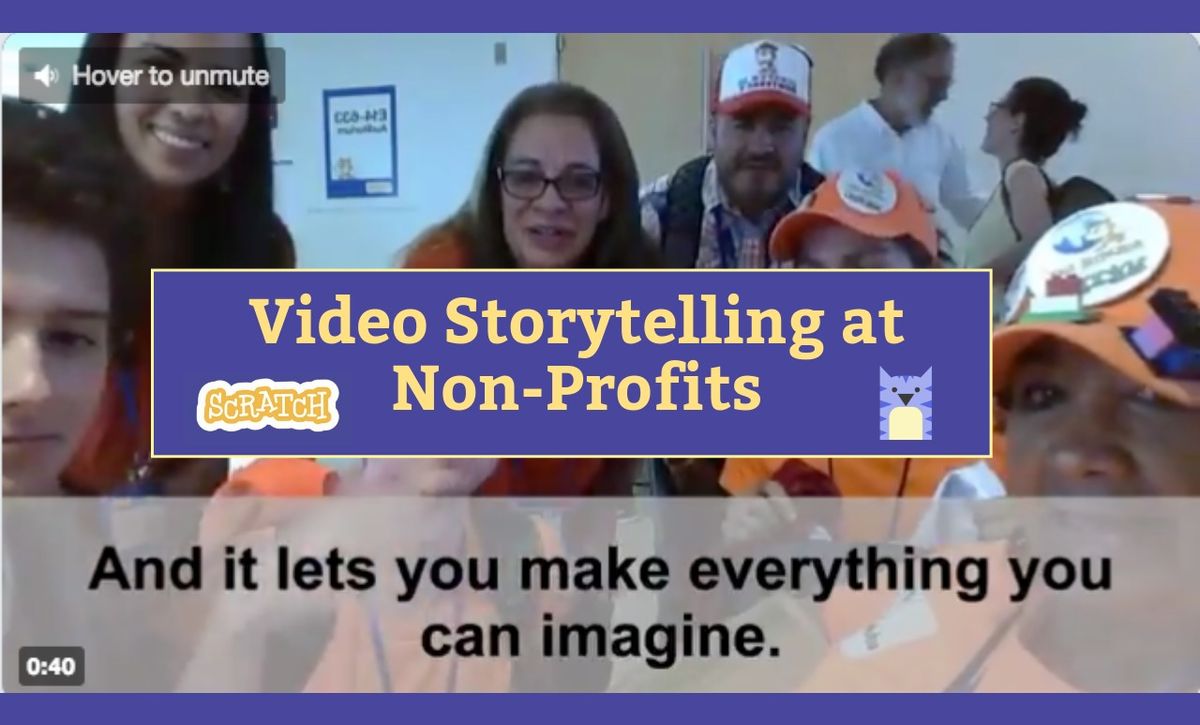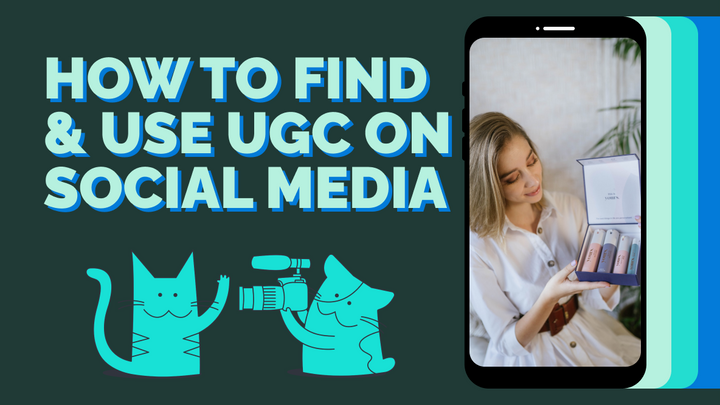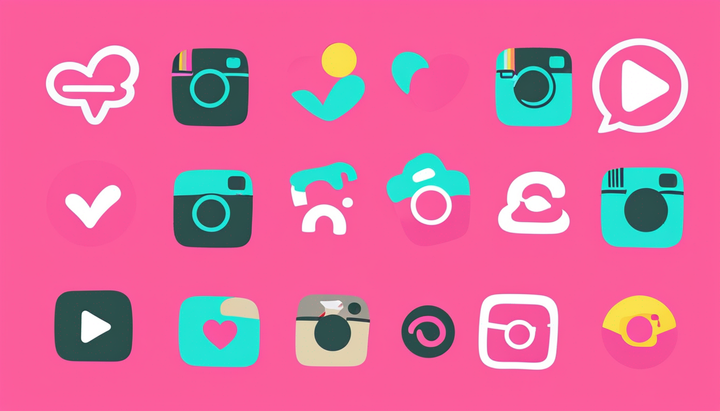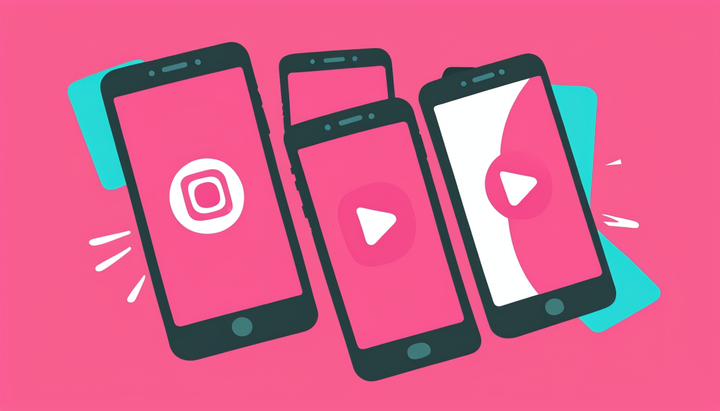How Non-Profits Use Video: The Scratch Foundation

How did the Scratch Foundation get their community to submit #ScatchStories over Twitter? With videos, of course!
In this article, I’ll tell the story of The Scratch Foundation’s first experience with sharing community-generated videos. The Foundation’s Communications team uses Kapwing to enable digital storytelling and engage their diverse audience. This is the first case study in a series to highlight how nonprofits are using Kapwing to support their work.
Background
Scratch, which started out as a research project from the MIT Media Lab, is a visual programming language designed with young people in mind. It’s also an online platform and community where young people can create interactive stories, animations, and games, and share them with others. Rather than having to focus on syntax or getting this exactly right, young people can start experimenting right off the back and learn coding principles along the way.
The Scratch Foundation is the the non-profit dedicated to keeping Scratch free forever, so that young people everywhere can express their ideas through coding. The organization raise money to support development and encourage Scratch usage around the world.
As a techie interested in STEM education, I was thrilled to see that the Scratch Foundation signed up for Kapwing Pro. I’ve read about the importance of video for non-profit marketing, but I got to learn about nonprofit marketing first-hand from the Scratch communications team. I reached out to the organization to learn more about why they were making videos and how our editing platform could best support their work.
A Scratch Videobooth
Every other year, the Scratch Foundation hosts a conference in Cambridge for the members of its international community. This year, the Scratch team had an idea to set up storytelling booth on the conference floor. In the booth, attendees could record a video of themselves answering six high level questions about how they used Scratch and why they thought it was important. Each recorded answer was 60-90 seconds long.
They worked with a vendor to set up a recording kiosk and, in August 2018, opened it on the Scratch Conference floor.
Communications Specialist My Nguyen said that the “Share your Scratch Story” booth was a huge hit. More than 100 people recorded themselves answering the questions, and, when Nguyen and her team watched the videos, they were thrilled to learn from their community.
Nguyen felt that the Story booth footage contained a huge opportunity to share the stories of their community. Her team split up and combed through the footage to highlight their favorite answers and feature a broad array of speakers reflecting the gender, ethnic, and professional diversity in the Scratch community. Then, the team needed video editing software to clip and organize the video into short formats for social media, community outreach, and development material.
That week, Nguyen found Kapwing when she looked online for a way to edit the Storybooth videos. As soon as she found Kapwing, Nguyen shared it with the rest of the team. She was thrilled to have found a tool simple and accessible enough that she and hear teammates – who don’t have any formal video editing expertise – could use it “on [their] own without having to ask someone else to do it.”
“Our video team at this point is just a single person,” she explained, “He doesn’t have the capacity immediately to work on something whenever we need it, so it’s awesome to be able to do it myself.”
Scratch used Kapwing to trim down footage (to remove extraneous sounds or bloopers), merge clips together, make GIF montages, and add text overlays for different purposes. Since the Foundation has a big focus on accessibility and education, they also subtitled the Storybooth videos before publishing them.
For the Scratch Foundation, the Communication team felt that video was the best way to add a human face to the Scratch community.
“The video aspect is really important to us especially when it comes to questions related to using Scratch in the classroom,” Nguyen explained, “Hearing from another educator is so much more compelling than reading an interview on our blog.”
Videos also showcase the diversity of the Scratch community. Nguyen said that, because Scratch is an MIT Media Lab research project, people might assume that it’s a homogenous “insider” community. But the video footage “showcases the diversity of the community,” helping a broad audience see people they can relate to. The subtitles also enabled her team to publish videos of people speaking in foreign language, featuring the international breadth of the Scratch community (Scratch is used in 196 countries around the world!).
Social Media Engagement
After producing and subtitling the video segments, the Foundation hosted a Twitter chat where they posed the same six questions to the Scratch community at large. To kick off the discussion, they seeded the chat with the Storybooth videos. The campaign was a huge success – hundreds of supporters tuned in to offer their support, answers, advice, and feedback. The session was a great community building event as members could learn from each other.
“For us, it’s less about putting a message out there as it is learning from our community,” Nguyen noted, “We want to hear about how people are using Scratch around the world. We wanted those people to be able to learn from each other. ”
On social media, the videos were more engaging than text posts. Previously, the Scratch Communications Team had shared the six questions (as text) with a graphic on Twitter and hadn’t gotten any engagement at all.
“The videos were a huge part in getting people to participate because they could watch it instead of an endless scroll of text in their feed,” she said. “We really like…the visual element.”
Given the success of the story booth campaign, the Scratch Foundation plans to record more videos in the future. They’ve started shooting and sharing tips for Scratch 3.0 which will launch in the next few months!
Kapwing’s fast, browser-based tools make creation more accessible to small businesses and organizations who are making video for the first time. We’re proud to empower non-profit organizations like the Scratch Foundation to share the stories and resources of their community on the web. We’re looking forward to seeing the new Scratch stories and tips that Nguyen and her team produce DIY and share!









